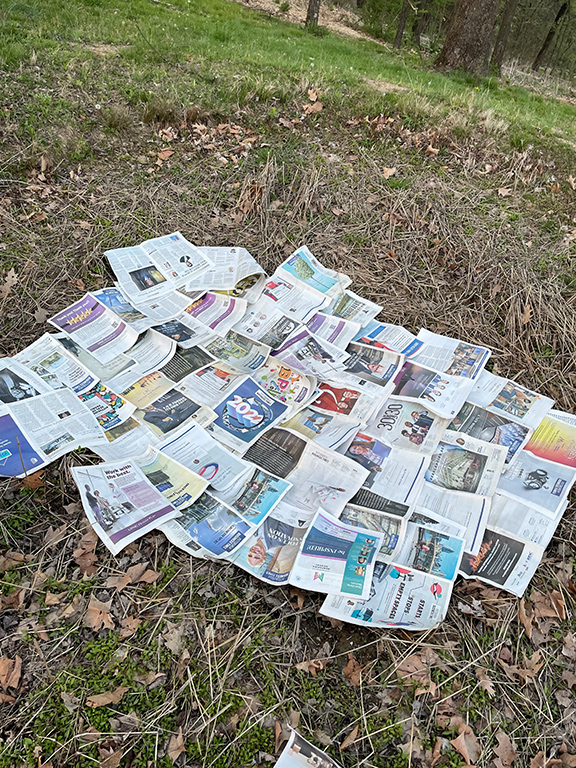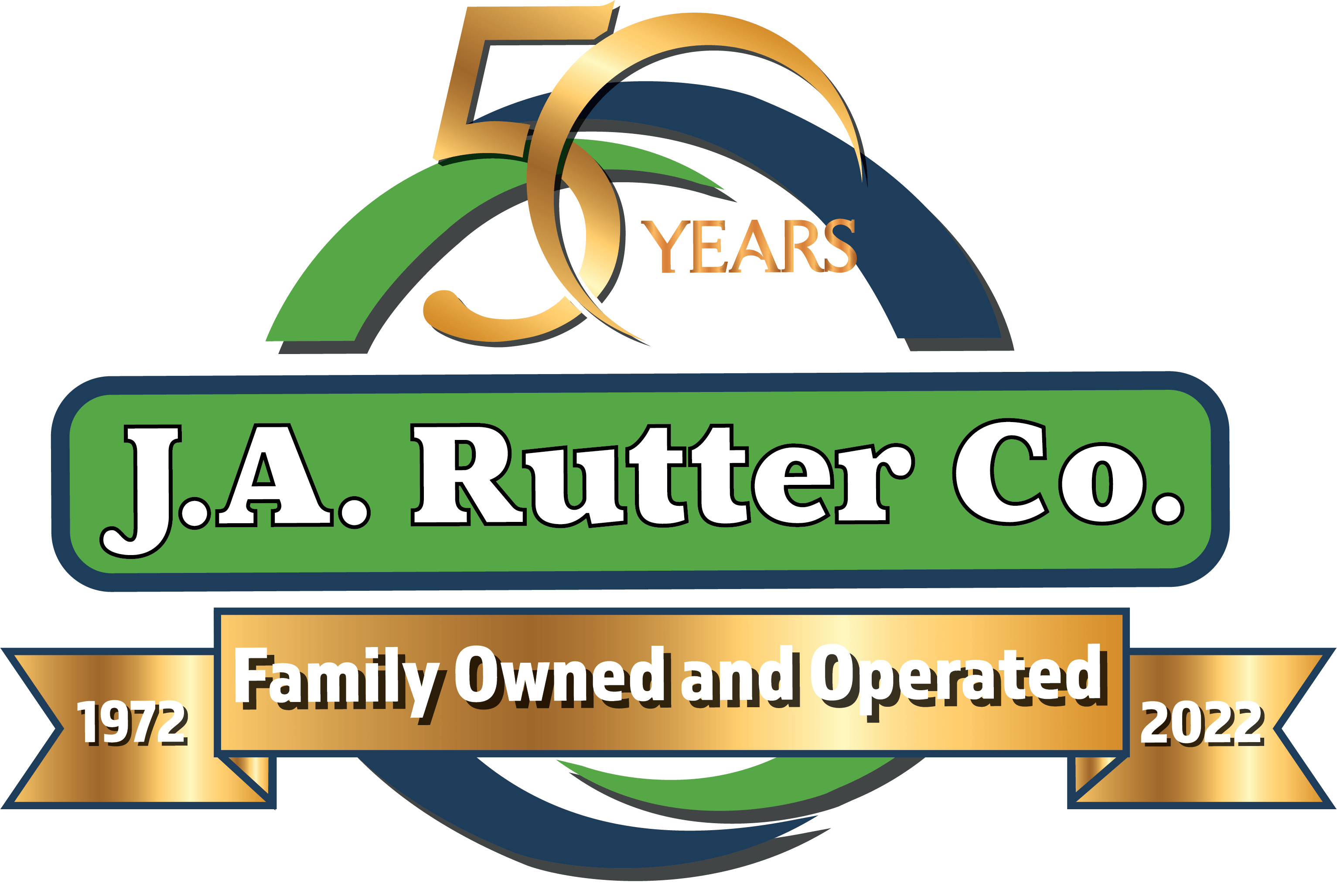
Join Jayme & JA Rutter Co for Step 1 in this series about the creating a native plant pollinator garden on site. With the plants we chose, we hope to see lots of bees, wasps, moths, flies, & butterflies. If we’re lucky, maybe some hummingbirds & ducks too!
We have an area on the property where there used to be a very small spring-fed pond. Last year, the area began to dry out. While we often see a few inches of water sitting in the area for several days at a time, the spring is no longer supporting the area as a pond. So Jayme decided to turn the depression, an area about 18’ by 18’, into a pollinator garden that contains native plants that like moist conditions. As the area develops, we’ll walk you through its progress. But for now, let’s start with the prep work….

Let me start by saying that I’m a lazy gardener. I don’t have a particularly green thumb and with my work schedule, I don’t have the time or the energy to devote to fancy gardening. Keeping that in mind, I have to keep it simple. It ain’t always pretty but I hope I’m able to see successful results and provide little pockets of sustainable gardening areas.
The first job for this project is to prepare the area and get some weed suppression in place. I’m not a fan of landscape fabric. Fabric does not allow effective moisture exchange and over time rips into small pieces without ever breaking down or providing benefit to the soil. Instead, I like the sheet mulching approach. Sheet mulching is a gardening technique that involves layering organic materials, such as cardboard, newspaper, and straw, on top of the soil to create a barrier that suppresses weed growth. This technique has several benefits for weed suppression in a native pollinator rain garden, including:
- Smothering weeds: Sheet mulching effectively smothers weeds by preventing light from reaching the soil surface, which inhibits the germination of weed seeds. As a result, the rain garden will have fewer weeds, allowing native pollinators to thrive.
- Building soil health: Sheet mulching also helps to improve soil health by increasing the amount of organic matter in the soil. As the organic materials break down, they release nutrients into the soil, which promotes healthy plant growth and attracts beneficial microorganisms that aid in the decomposition process.
- Conserving water: The layer of organic materials in sheet mulching helps to retain moisture in the soil, reducing the need for watering. This is particularly beneficial in a rain garden, where water conservation is a key consideration.
- Reducing erosion: Sheet mulching helps to reduce soil erosion by protecting the soil surface from the impact of heavy rain. This is important in a rain garden, where the soil must be able to absorb and retain water.
- Providing habitat: The organic materials used in sheet mulching provide a habitat for beneficial insects and other wildlife, including native pollinators. This enhances the ecological diversity of the rain garden and promotes a healthy ecosystem.

I saved up newspaper for a few months to do the sheet mulching for this project. I didn’t have quite enough newspaper to cover the entire area so I supplemented with an OMRI listed paper product we sell that’s made by DeWitt called Garden Weed Barrier . After putting the newspaper and Weed Barrier in place, I wet them slightly and put some small stones around the edges to keep them in place. You can also secure either material with landscape pins.
When I’m ready to plant, I’ll just cut an X in the paper so the roots can make their way through. Sheet mulching is a sustainable, long term, easy weed suppression technique that I highly recommend!
Stay tuned for the next step, filling in the area with a soil/O38/PittMoss mix!




